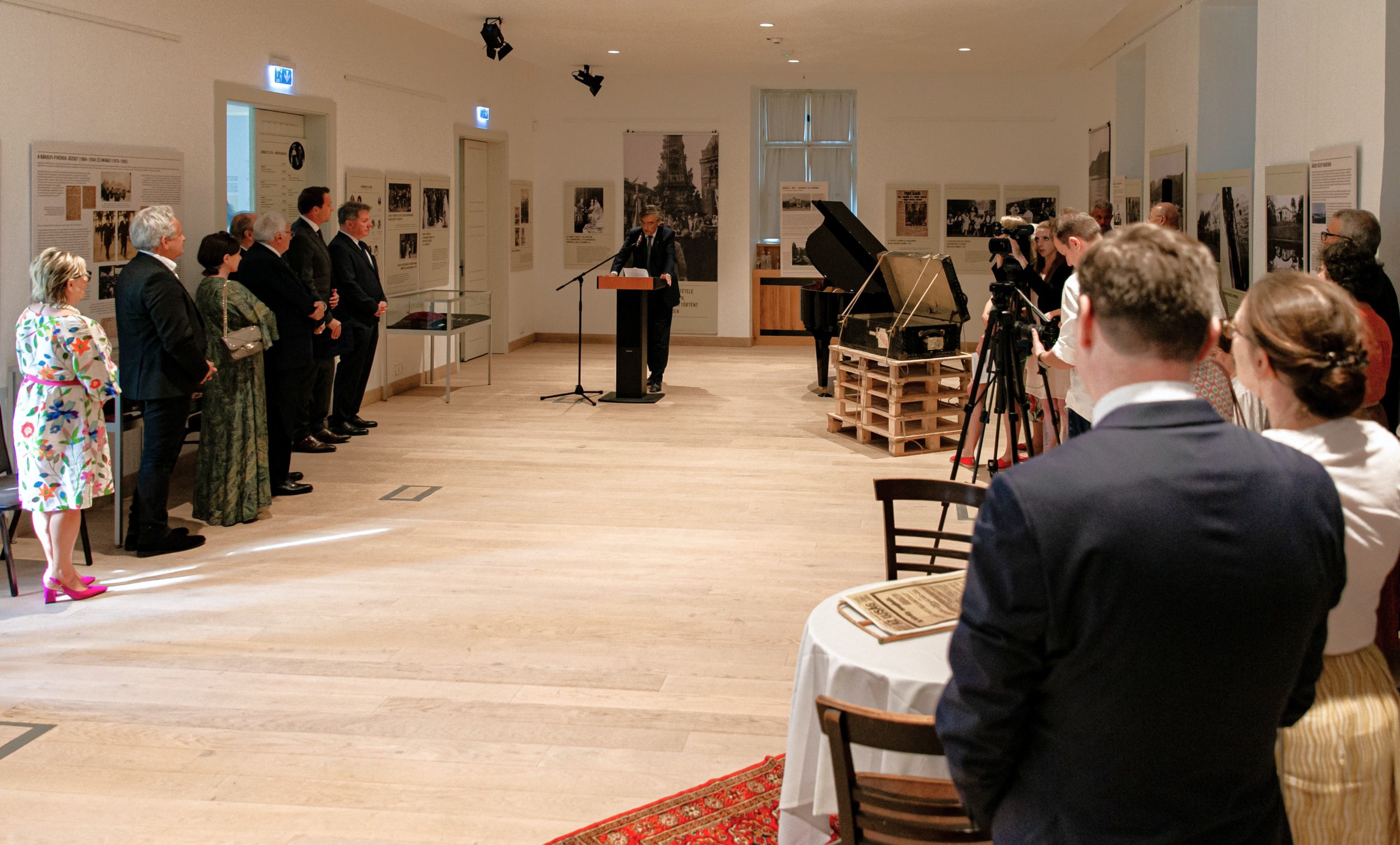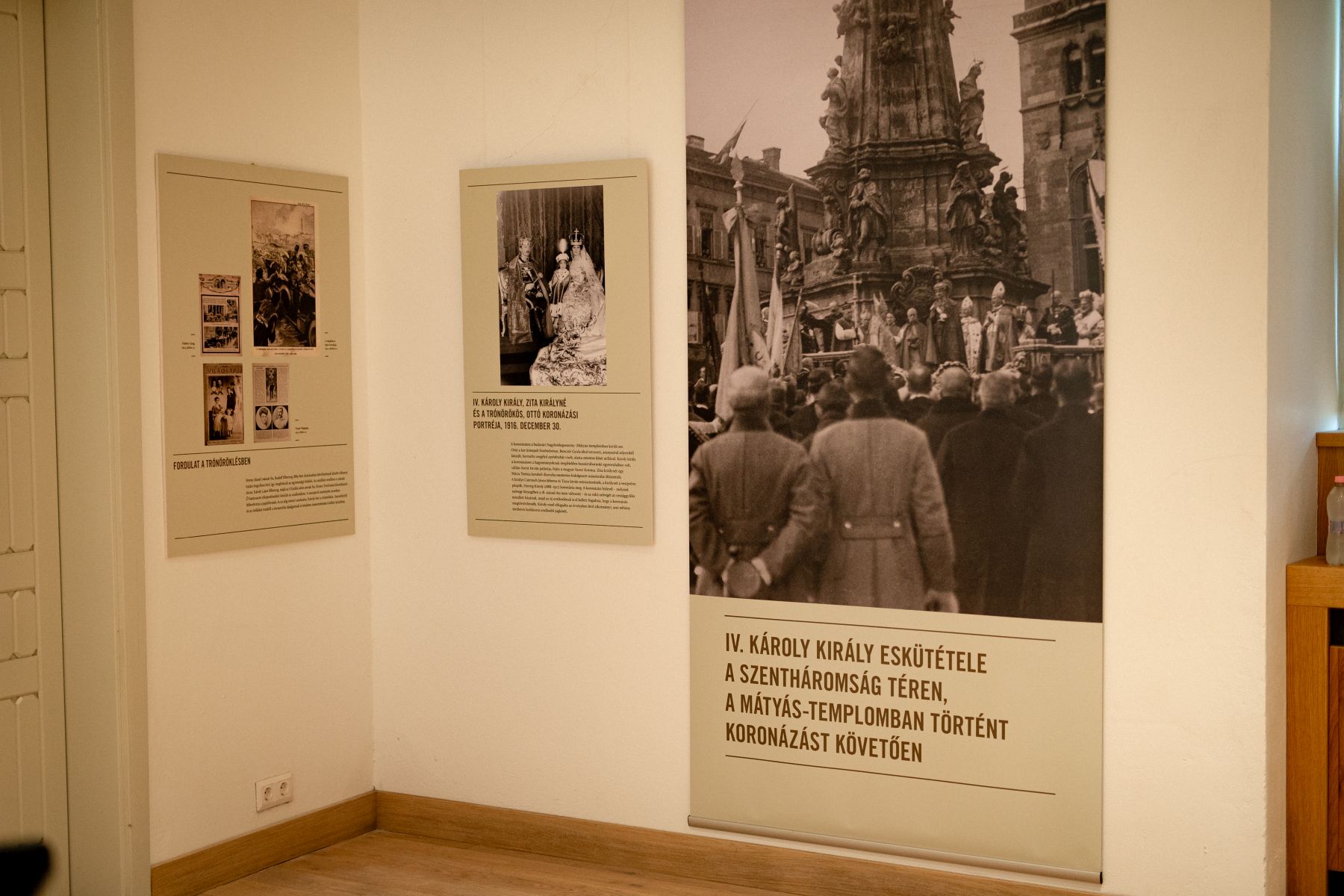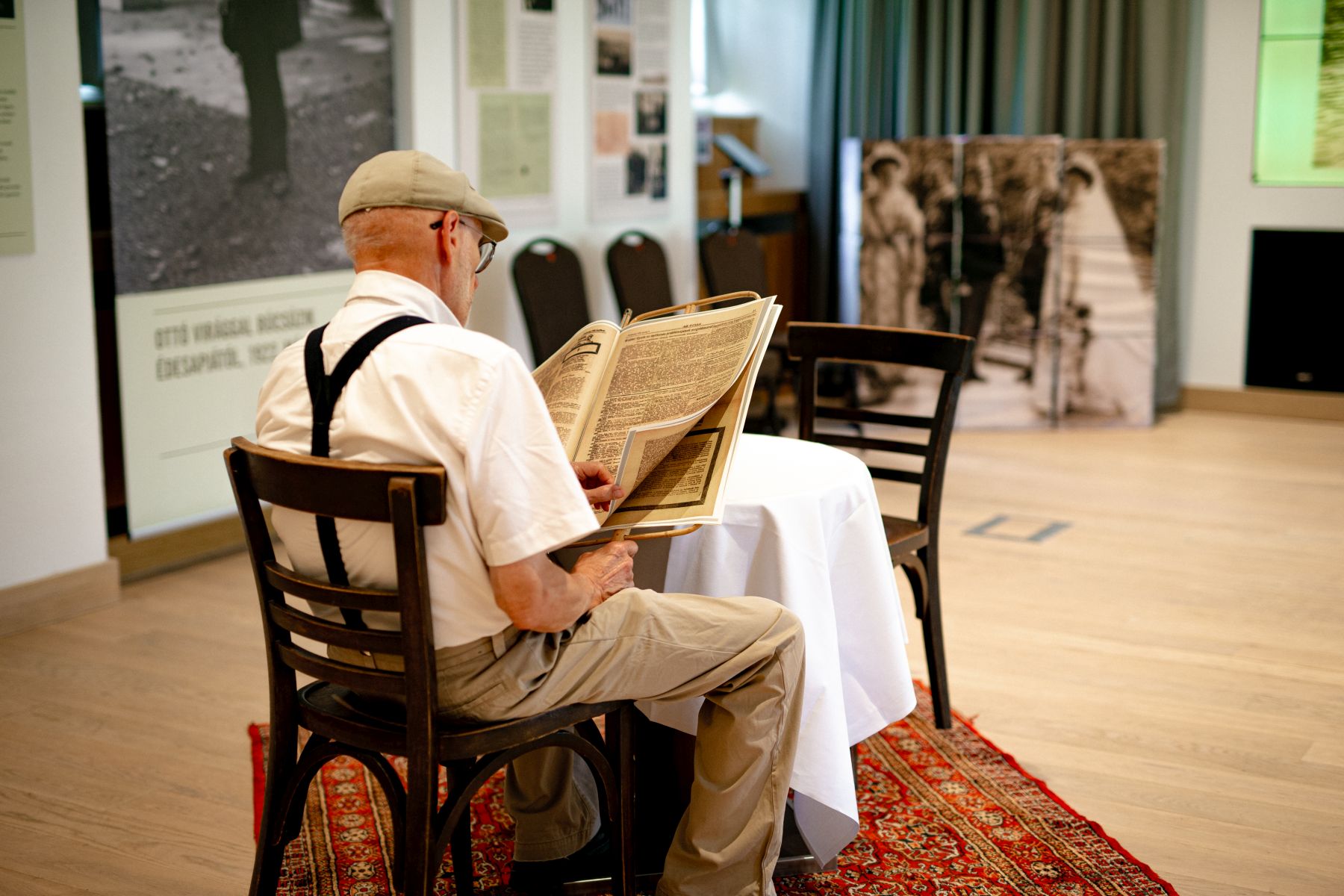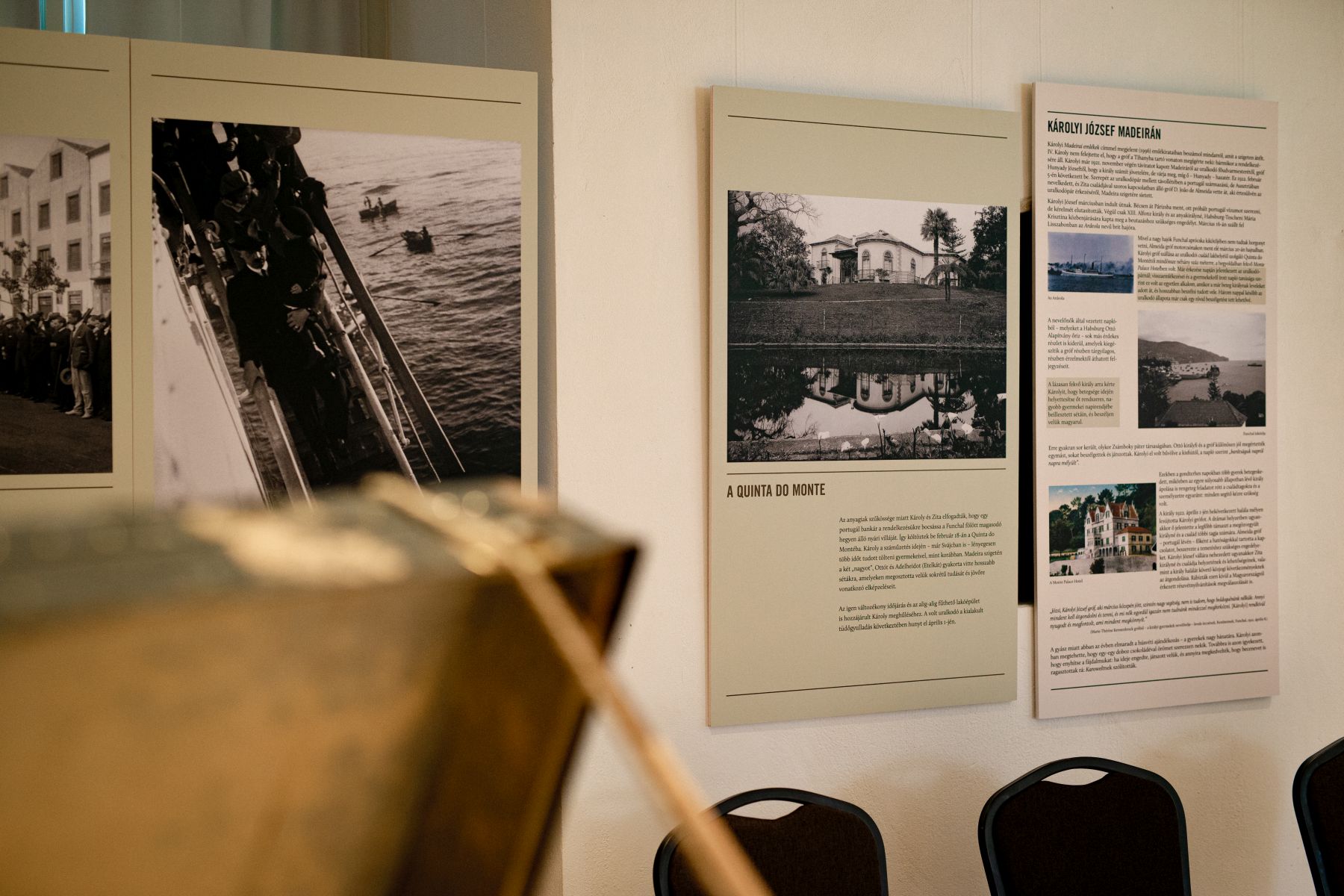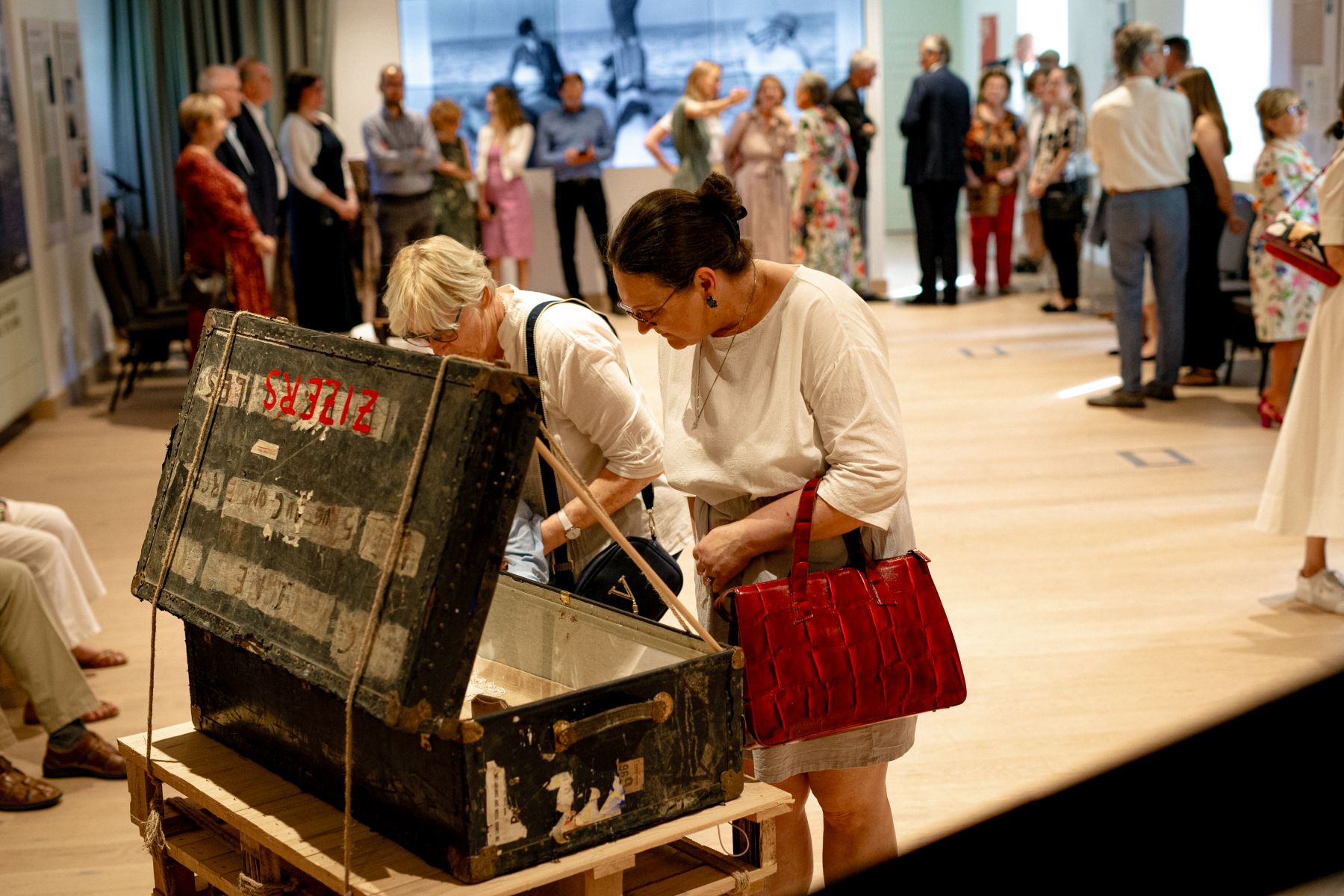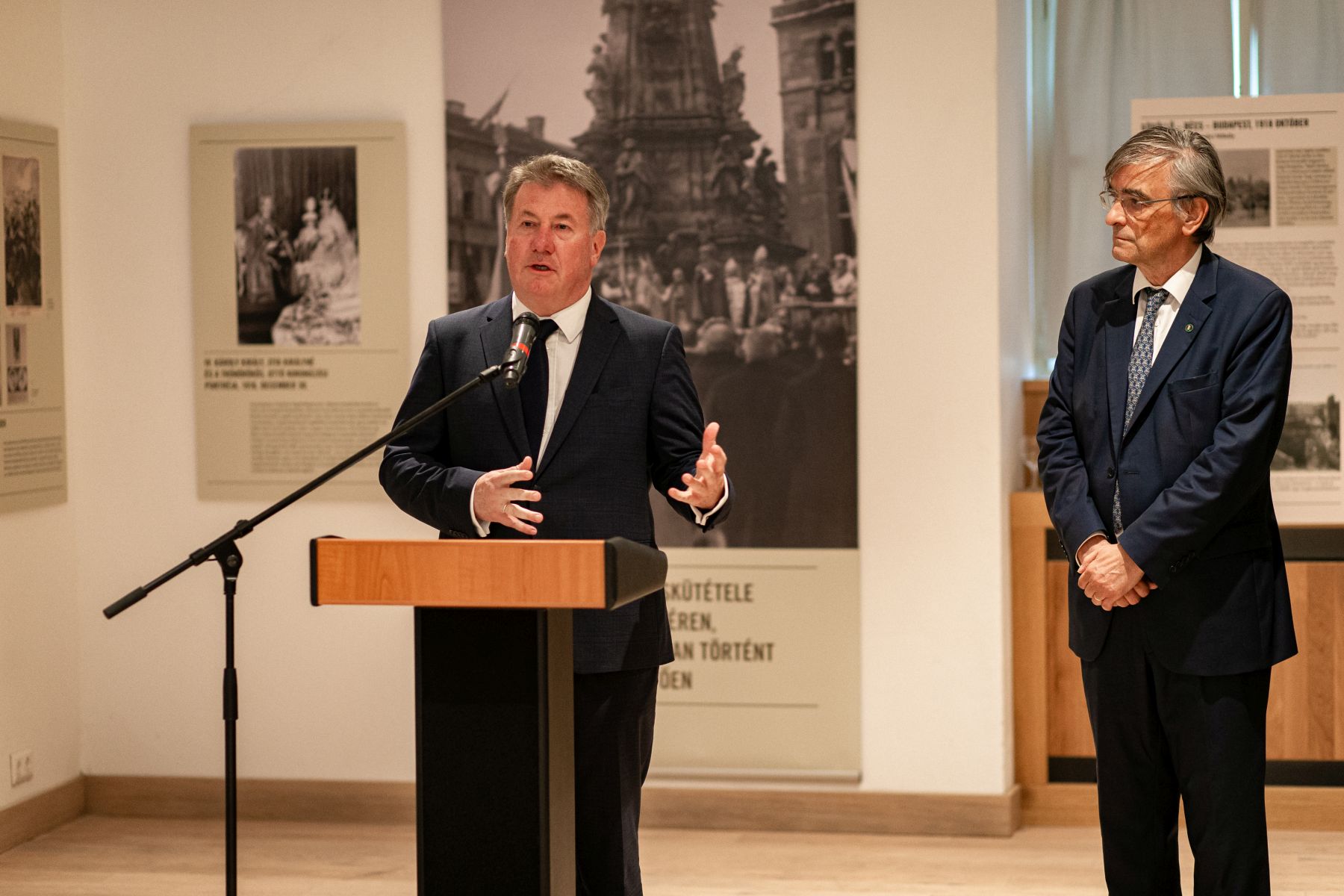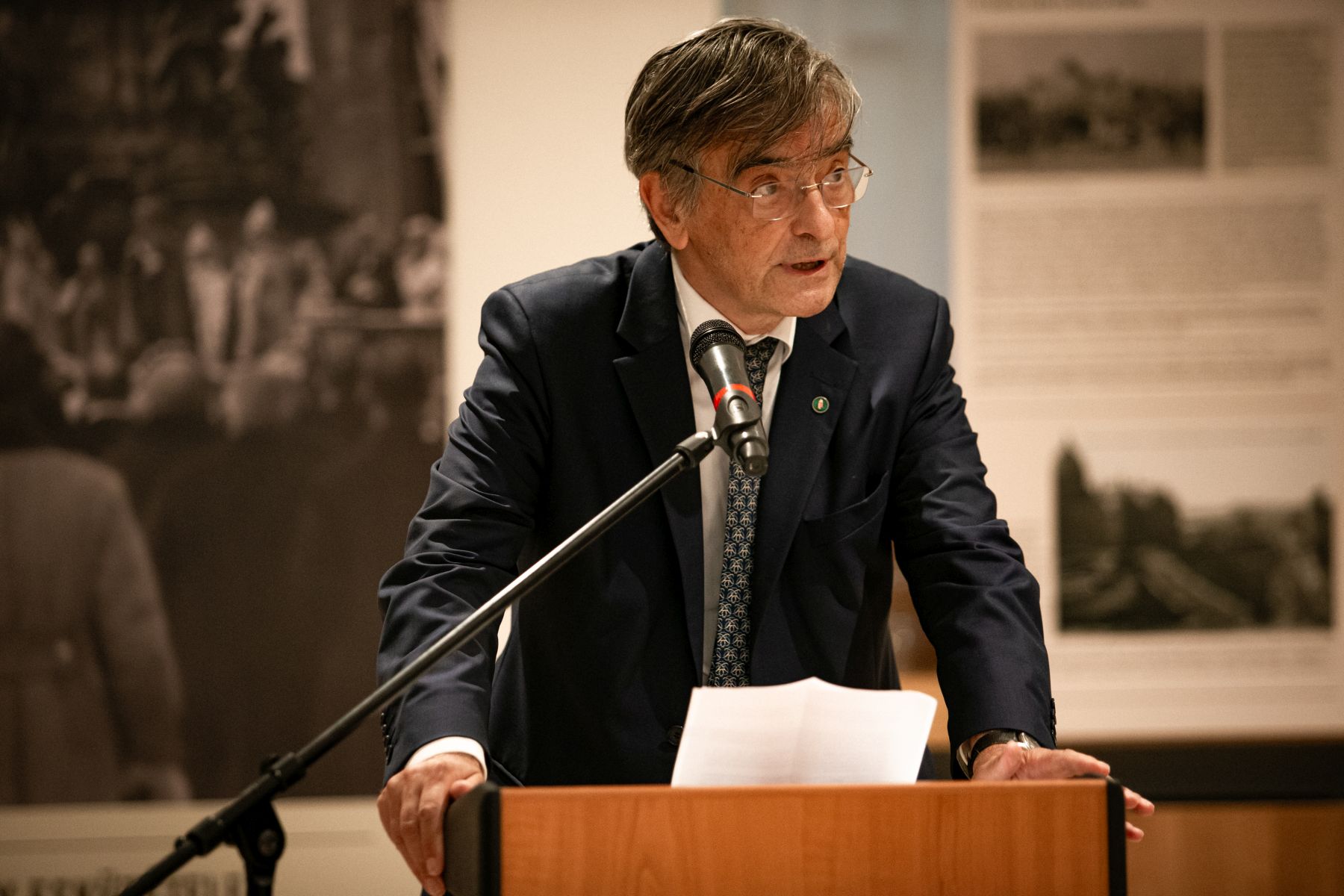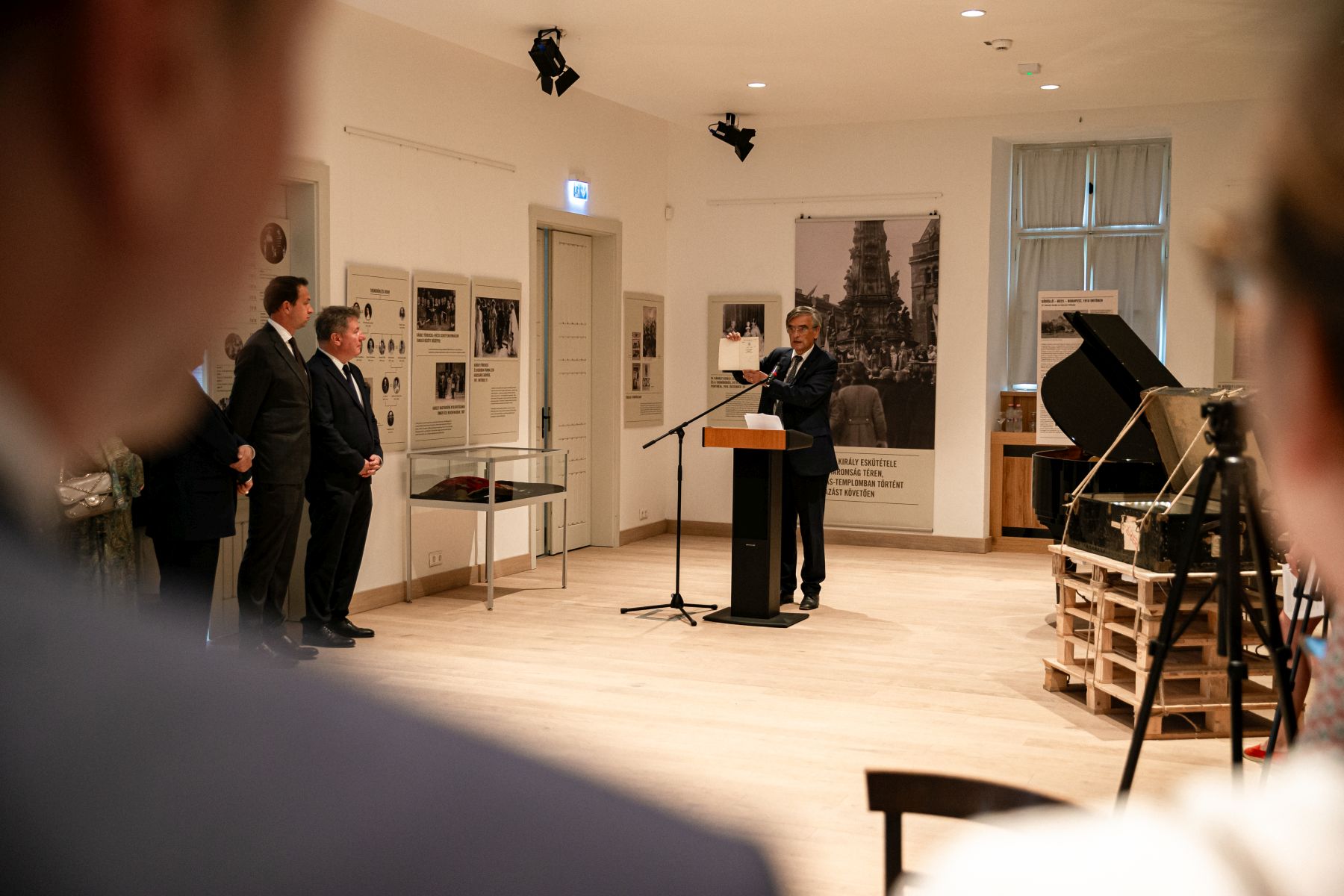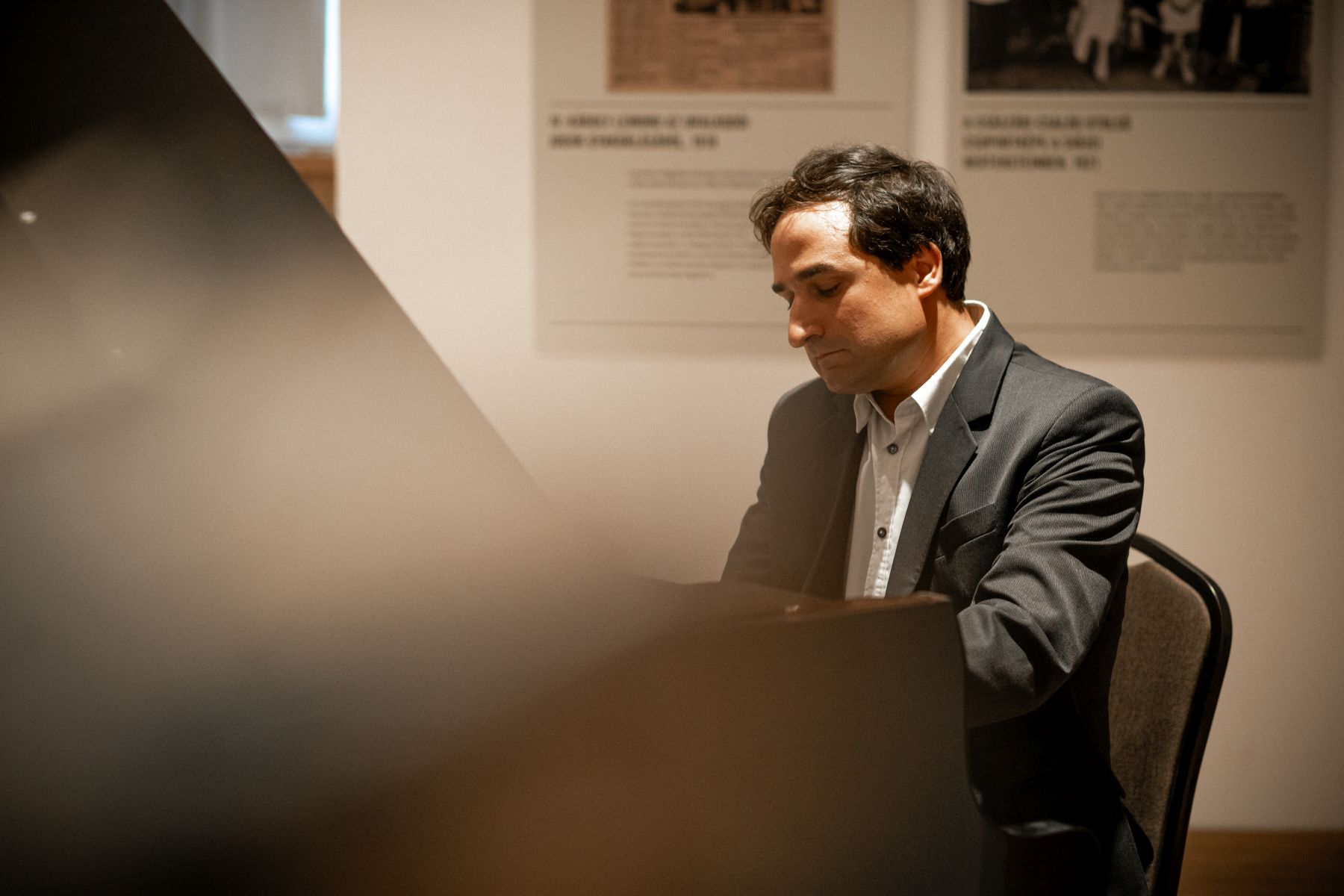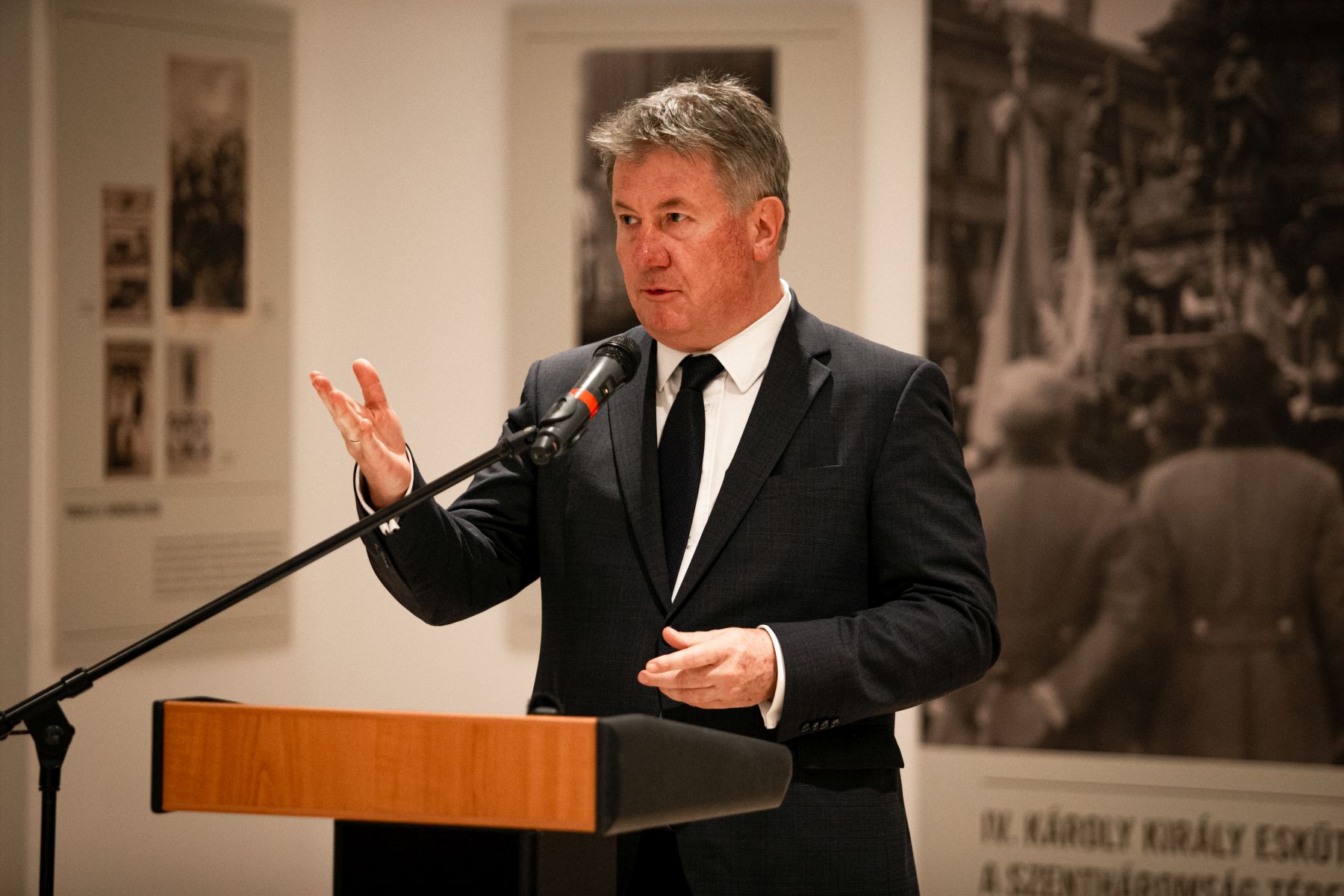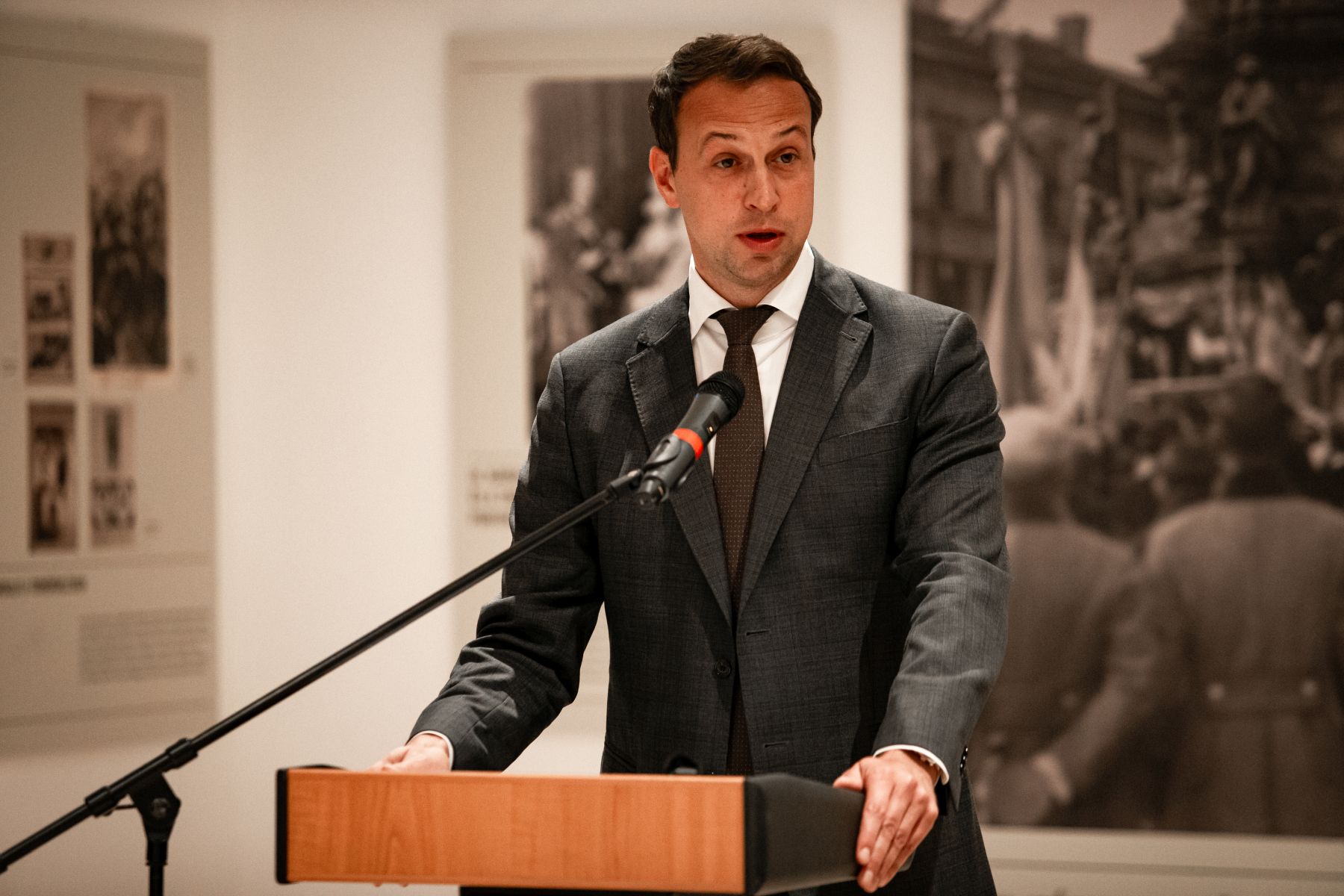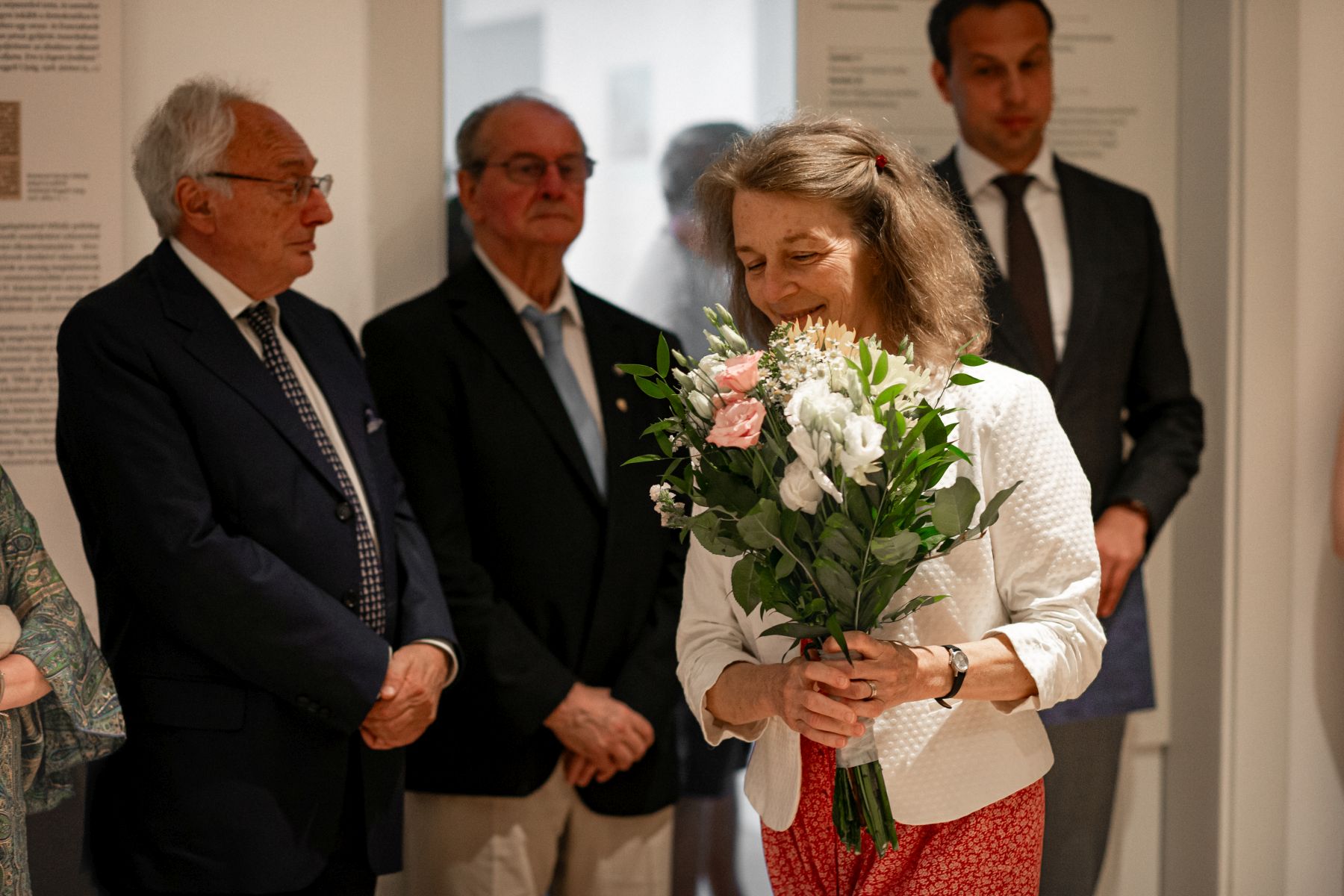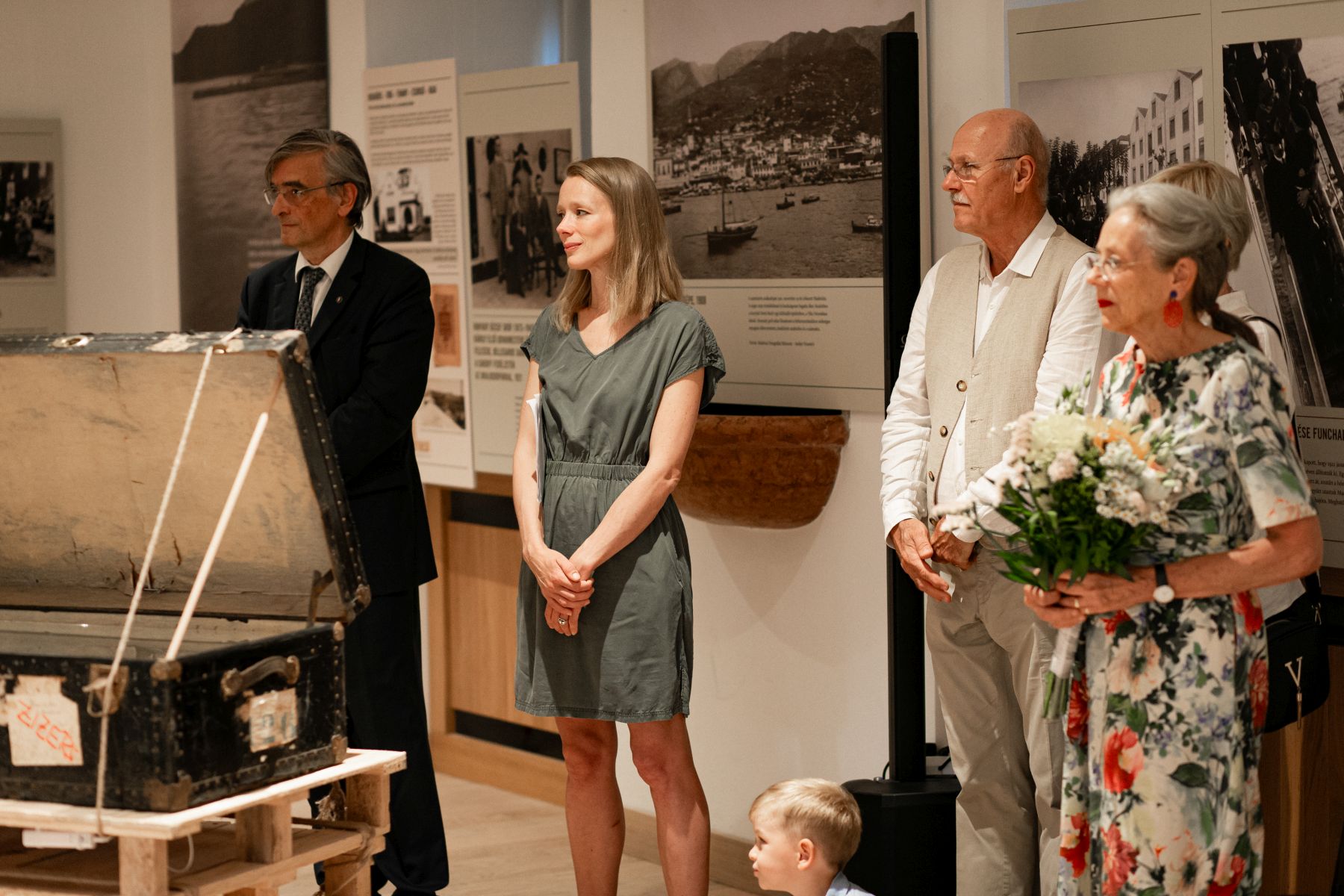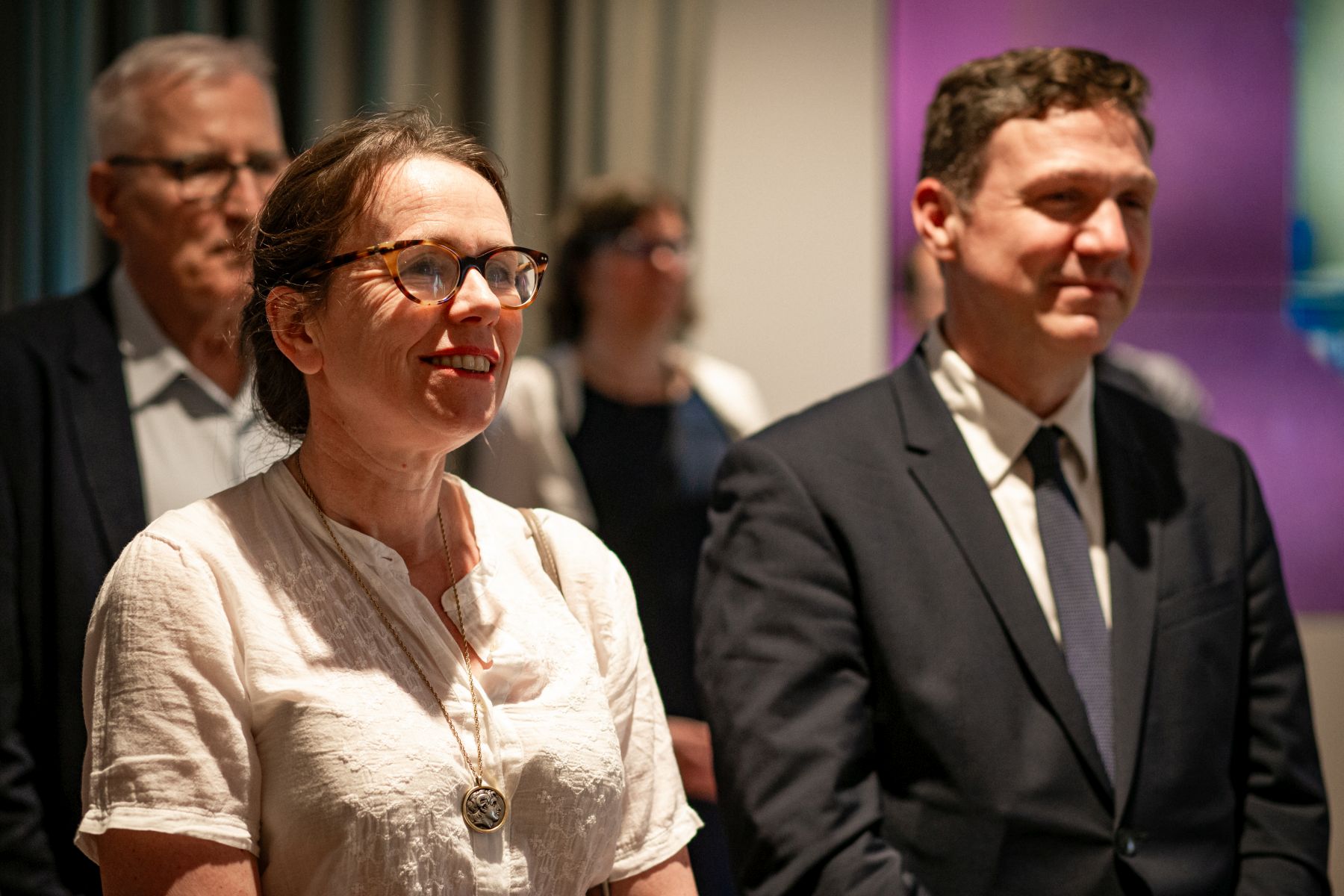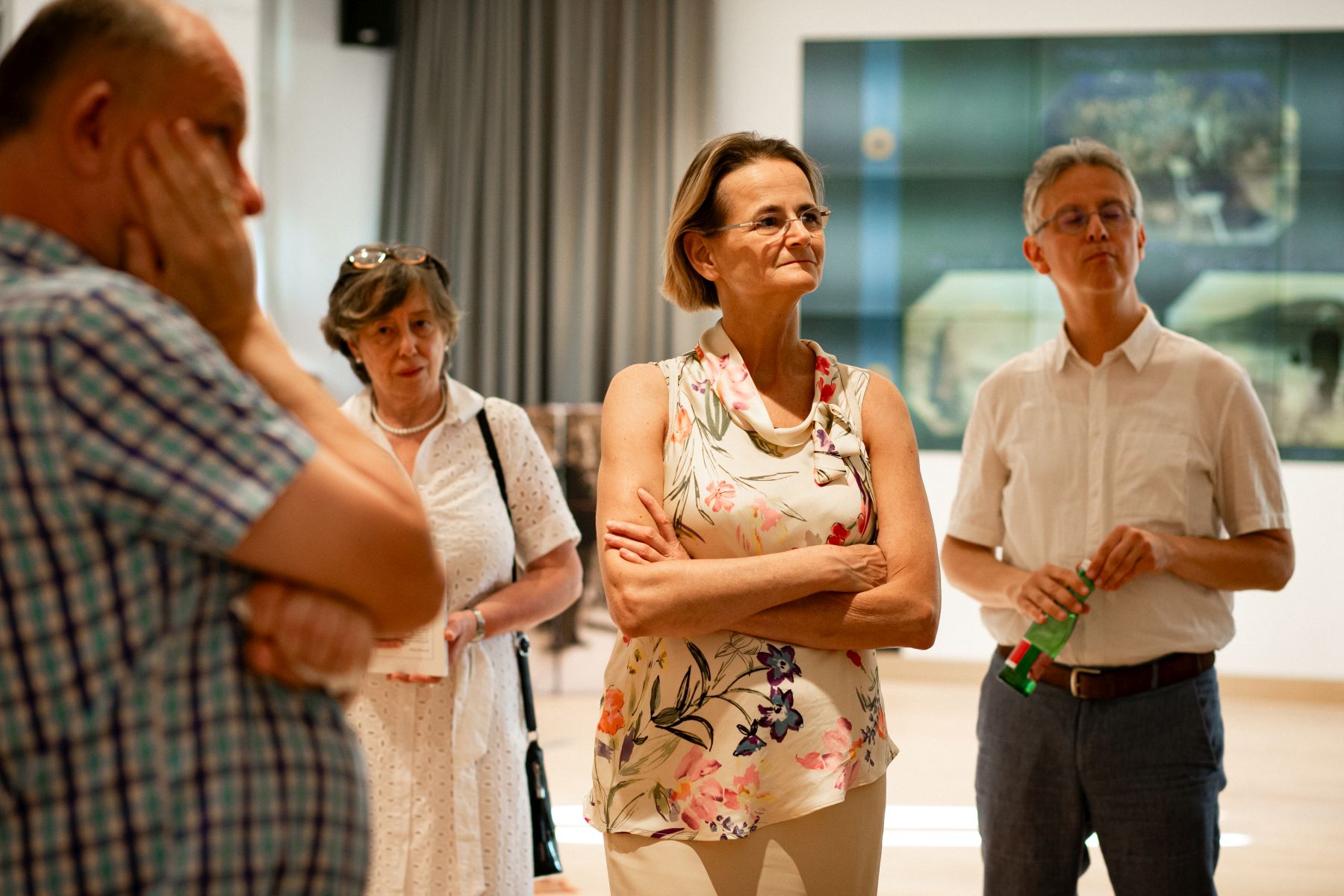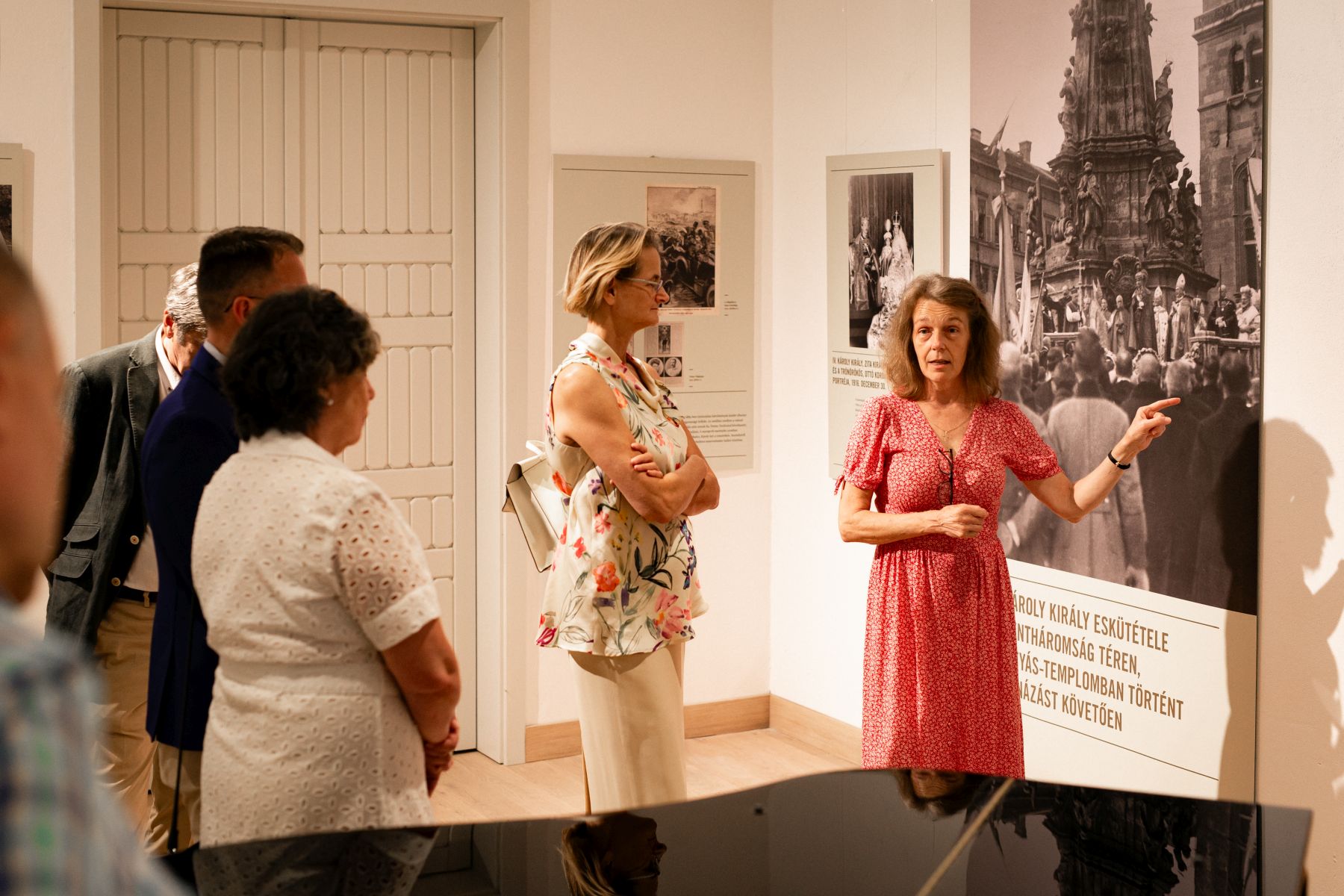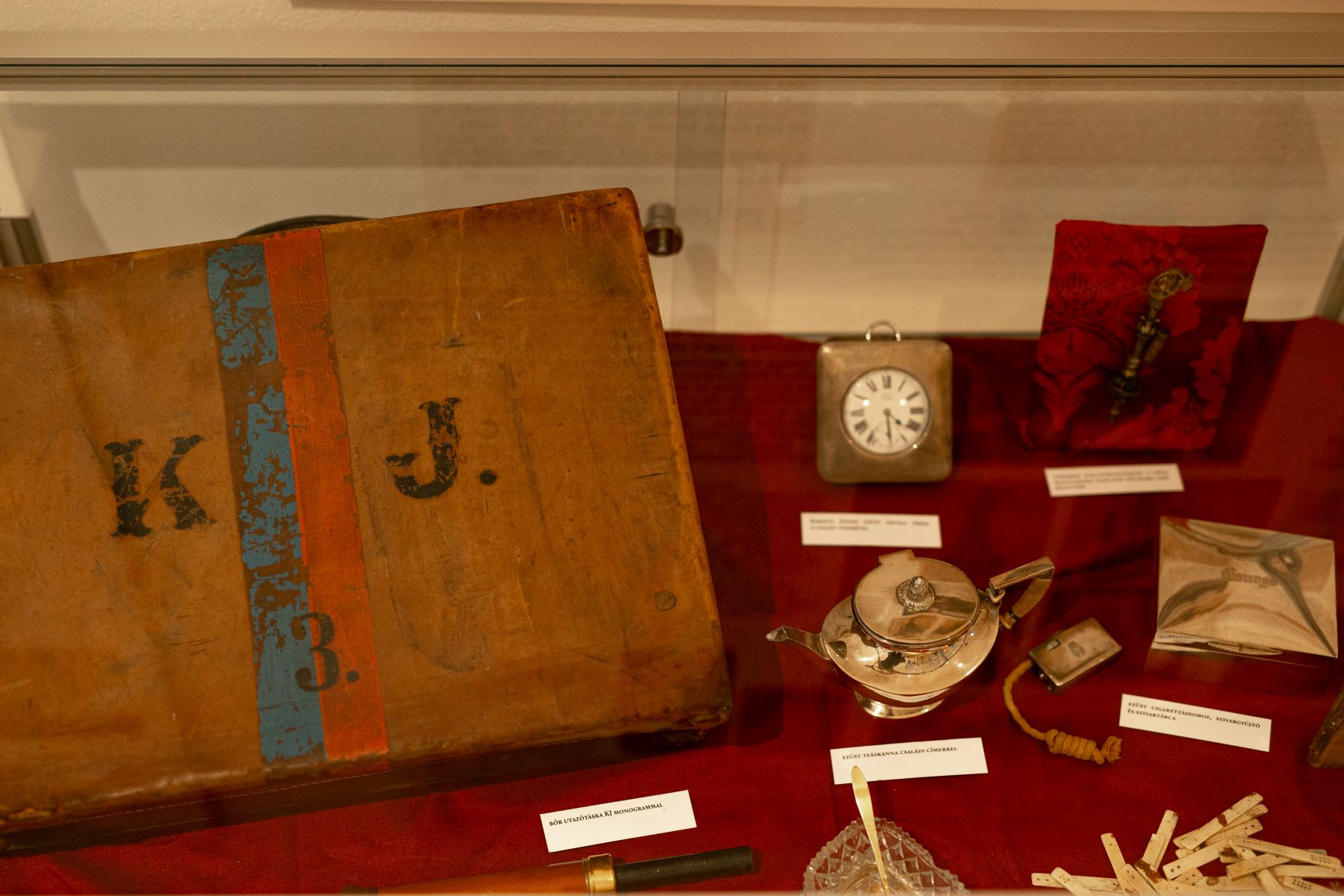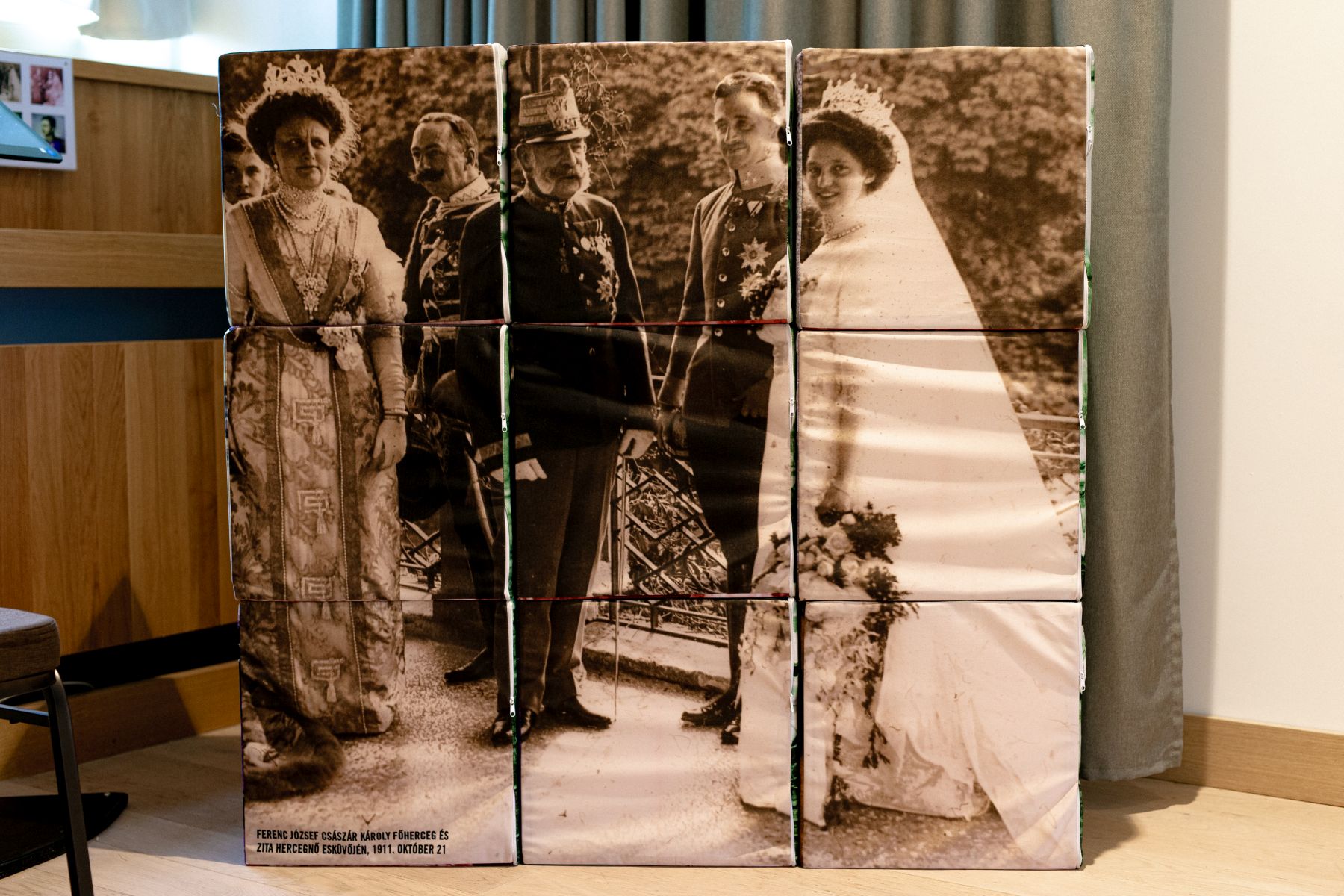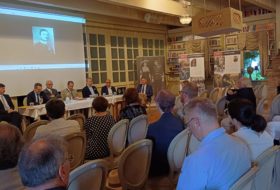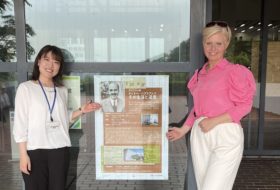Our Foundation opened its latest temporary exhibition in Fehérvárcsurgó to honour the memory of Charles of Austria–Hungary, which also offers an insight into two prominent figures of the Károlyi family and their relationship to each other and to King and Emperor Charles. Count Mihály Károlyi (1875–1955), a politician of the opposing faction and later Minister and Head of State of the Republic, and his half-brother, Count József Károlyi (1884–1934), one of the leaders of the legitimist movement and Archbishop of Fejér County, were brothers who loved each other and were both outstanding, albeit very differently minded, politicians during one of the most turbulent periods in Hungarian history, whose impact is still felt today.
The short reign, exile and death of the Austrian Emperor and Hungarian King Charles Habsburg is one side of the story recounted by the exhibition. The character, career and worldview of Count József Károlyi are the other leitmotif. The primary objective was to highlight his sense of responsibility, his moral standing in an era when the fate of Hungary depended on many external factors, and loyalty to the King was far from self-evident. After the abrupt death of the monarch, the Count’s support, his sober judgement and his knowledge of domestic conditions were of decisive value to the Dowager Queen and the dynasty, as well as for the intellectual development and historical and political outlook of its later head, Otto von Habsburg. The will of József Károlyi, published after his death but already drafted in 1922, revealed the personality of a representative of the noblest aristocratic conduct, earning the respect of his contemporaries.
In the opening remarks, Gergely Prőhle shared that the title of the exhibition is taken from an article by Sándor Márai on the late archbishop’s will (which, as far as we know, was never published in any of the later collected editions of his writings, but its message may well be addressed to the people of today):
“There was a sort of Hungarian lord who was not an aristocrat by their title; and the man who wrote these lines belonged to that sort. The generation is dying out. This sort has still known that ‘homeland’ is not synonymous with ‘fee tail’… Those who take their place should read, if they read nothing else, the testament of this dying sort in the family archives once in a while.”
The director of our Foundation elaborated on the quote, that if Sándor Márai, a writer who proudly embraced his commoner origins and identity, has penned it in such a manner, then it can only be about patriotism as a virtue that transcends social class – an attitude that remains true regardless of changing historical circumstances. Referring to the date of the opening, 4 July, the day of Otto von Habsburg’s death, he also recalled that our namesake’s life was marked by a profound commitment to his country, to Europe, which did not waver, either in exile or during the years of the Cold War. This event is not merely about an encounter between a young heir to the throne and a royal aristocrat, but also a kind of intellectual kinship.
Those present were greeted by the host, Count György Károlyi, grandson of József Károlyi and a member of the Board of our Foundation, who remarked how invaluable the legacy of his family and especially his grandfather has been to him: “What I am most proud of was written by my grandfather in his memoirs: ‘it was not political ambition or greed that led me to follow him [the King], but the traditional, constitutional loyalty to the Crown inherited from our ancestors, which, in the face of the revolutionary spirit of October, I treasure most dearly, together with my devotion to my faith and my country’.”
On behalf of the Hungarian government, Regő Lánszki, State Secretary for Architecture, commended the lives of Count József Károlyi and King Charles IV, emphasising the guidance their example may provide:
“… Count József Károlyi … stood by Charles IV not out of hope for success, but out of conviction and loyalty. He did not judge his half-brother, Mihály Károlyi, with hatred, but with responsibility: he took a stand against him if the interests of the country necessitated it – yet once the time came, he was also capable of forgiveness. He even advised his son to take care of his half-brother’s family should the prospect arise. … The example set by Charles IV and Count József Károlyi is a message for all of us: what matters is not how much power we have, but what we do with it.”
At the event, pianist Balázs Fülei performed pieces by Schubert and Debussy. In conclusion, our colleague Eszter Fábry, the curator of the exhibition, guided the guests around the exhibition hall.
The panels were complemented by artefacts in showcases, some of which are related to the coronation of the last Hungarian King and Queen (1916), while others were relics belonging to the Károlyi family. In addition, there is a selection of personal items of the royal couple, as well as their son Otto, which were with them during their exile and are now preserved by the Otto von Habsburg Foundation.
Our exhibition will be on display in the castle’s visitor centre until 20 September 2025.
